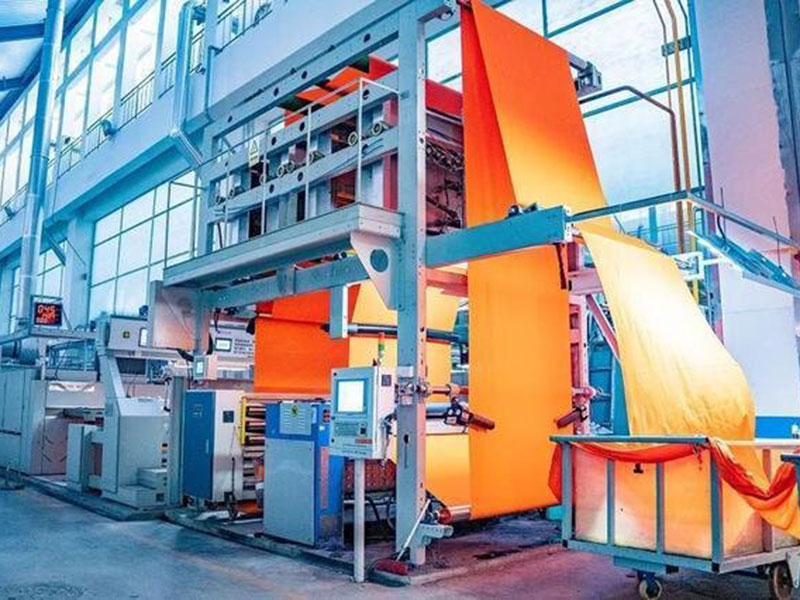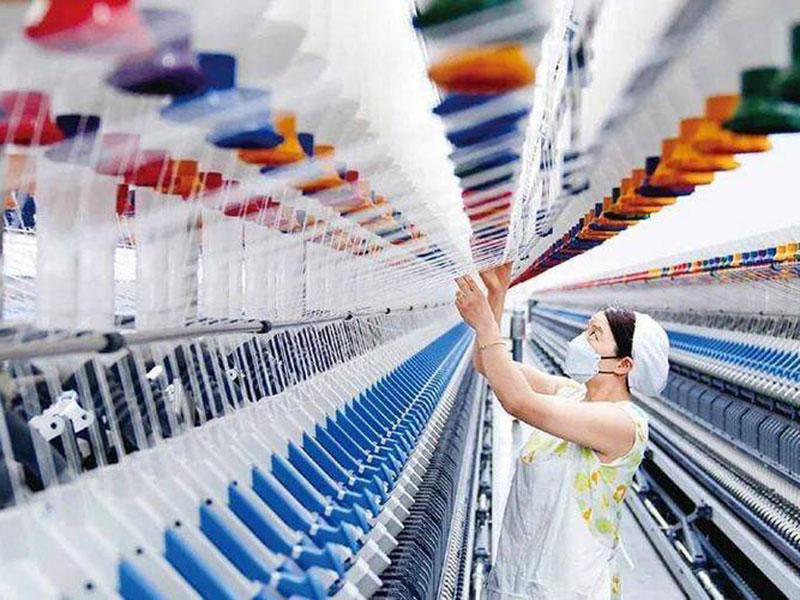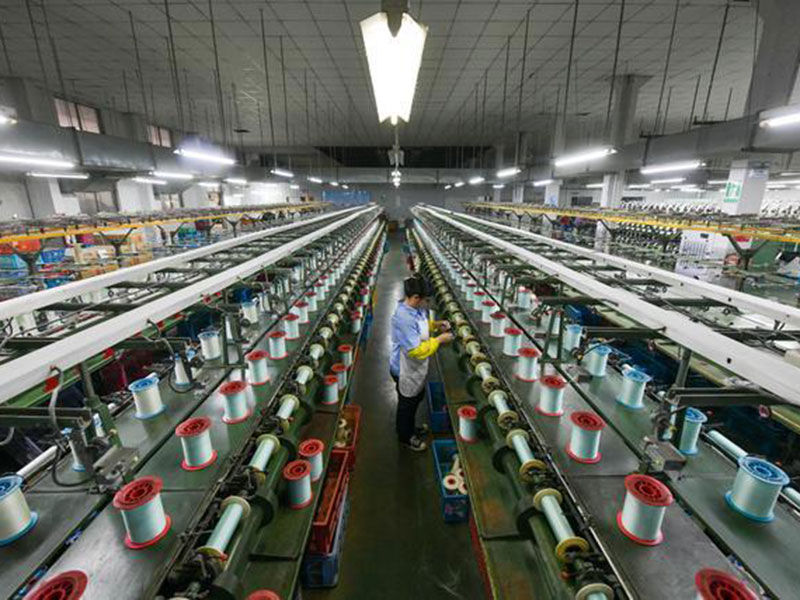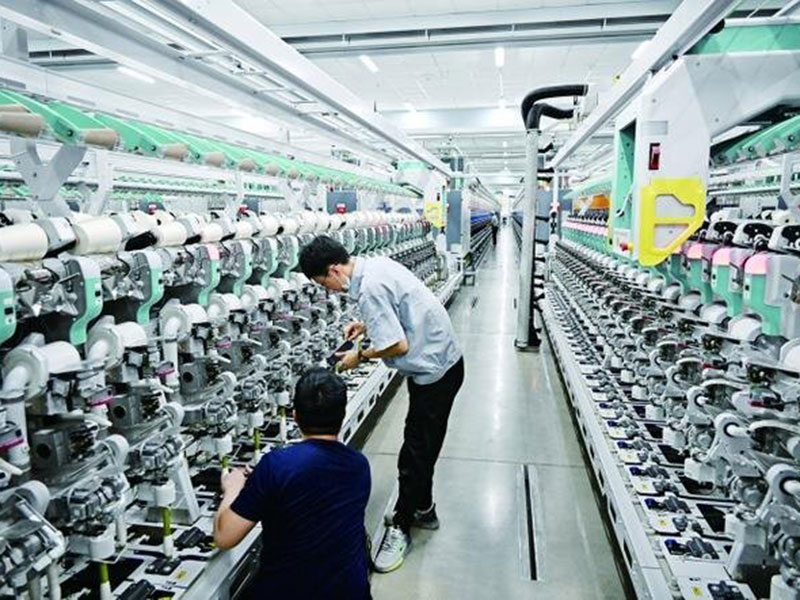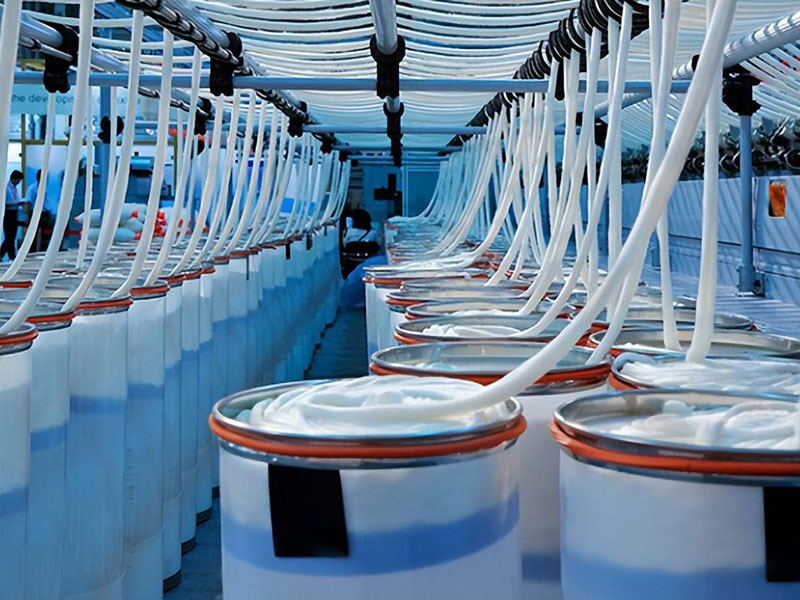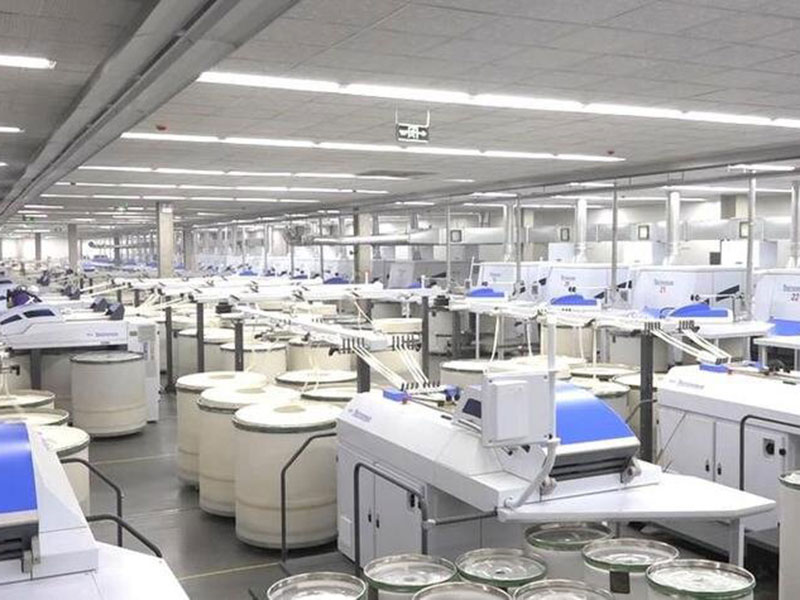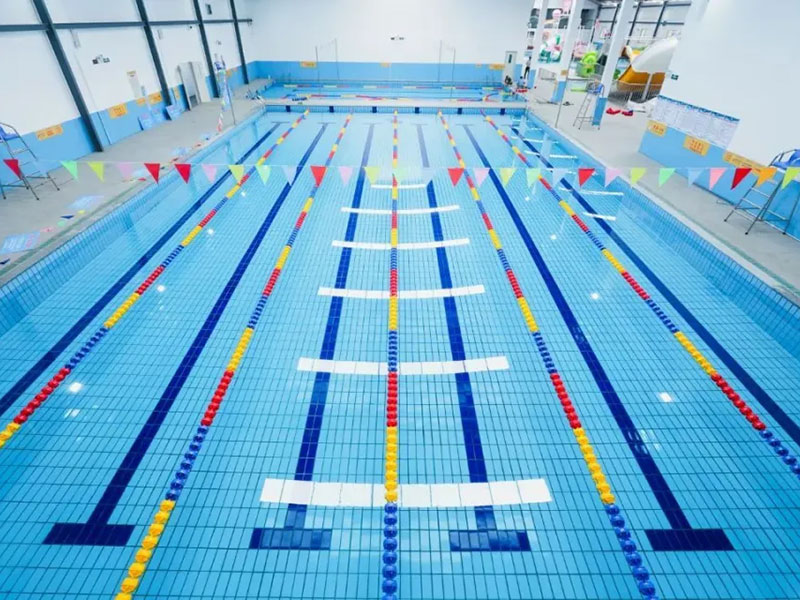Textile Industry
Humidity/Process Requirements
Target Humidity Range: 55~65% RH
Challenges
Humidity control is critical in the textile industry to maintain product quality, ensure smooth operations, and reduce material waste. Improper humidity levels can cause the following issues:
Fabric Distortion: Excessive humidity causes fabrics to swell, stretch, or warp, leading to uneven textures and lower-quality products.
Static Electricity: Low humidity environments lead to static buildup, making fabrics stick together and disrupting automated machinery operations.
Dust Accumulation: Low humidity increases dust levels, negatively affecting the cleanliness of the production environment.
Mold and Mildew Growth: High humidity promotes microbial growth, which can damage raw materials and finished goods.
Solutions
Rotary dehumidifiers provide precise humidity control to address these challenges and improve textile production efficiency:
1. Maintain Fabric Quality:
Keeps humidity levels stable to prevent fabric distortion, preserving texture and color consistency.
2. Static Mitigation:
Maintains optimal moisture levels to reduce static buildup, ensuring smoother operations and preventing equipment disruptions.
3. Dust Control:
Reduces dust in the air by maintaining balanced humidity, creating a cleaner production environment.
4. Mold Prevention:
Prevents microbial growth in high-humidity areas, ensuring the safety and longevity of stored materials.
5. Energy Efficiency:
Advanced rotary dehumidifiers optimize energy use, minimizing operational costs while maintaining ideal production conditions.
Rotary dehumidifiers are essential in the textile industry, ensuring high-quality outputs, efficient operations, and a safer working environment.
